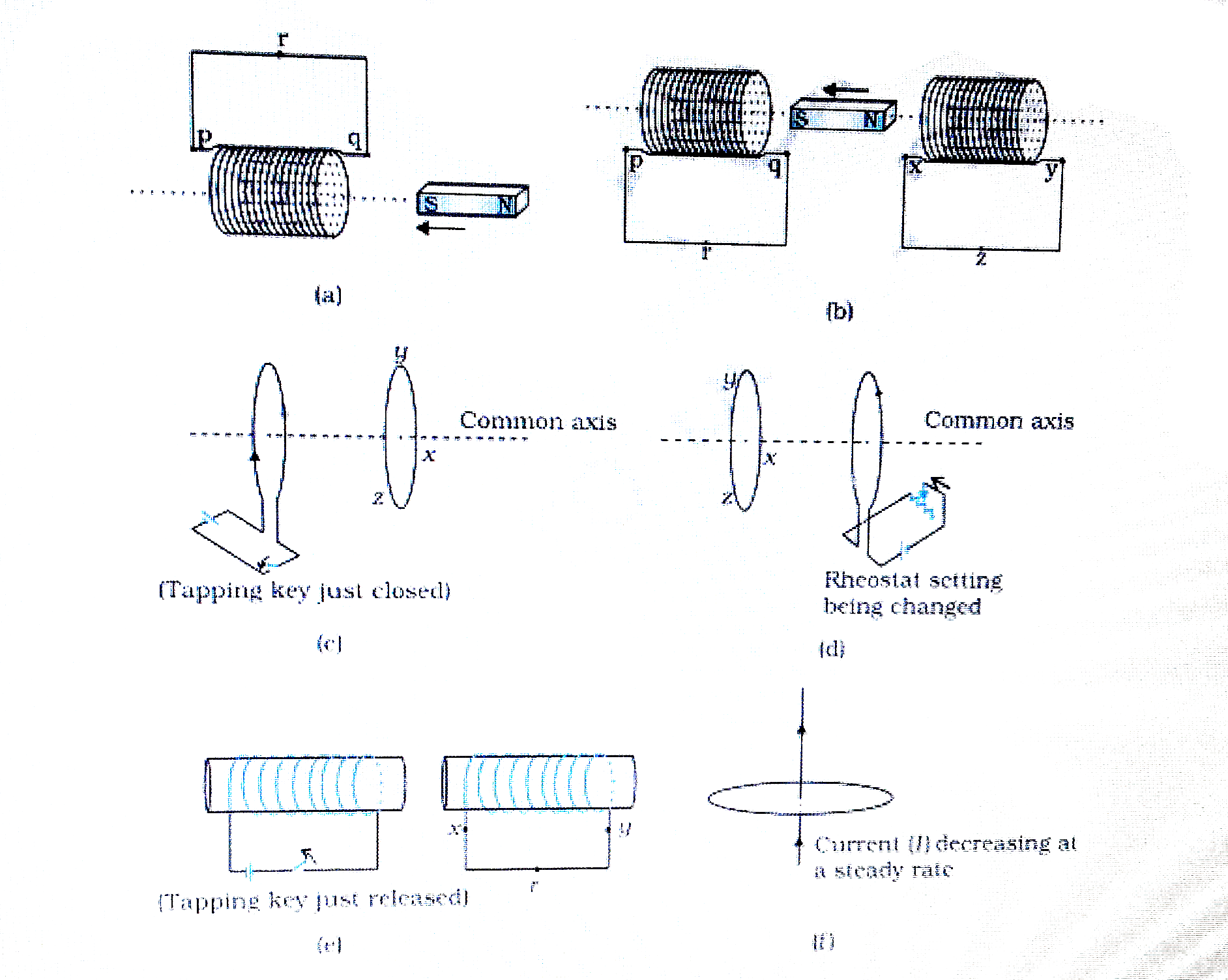A charged particle oscillates about its mean equilibrium position with a frerquency of 109Hz. The electromagnetic waves produced.
To solve the problem, we need to analyze the information given about the oscillating charged particle and the electromagnetic waves produced. Here’s a step-by-step breakdown of the solution:
Step 1: Identify the frequency of the oscillating charged particle
The problem states that the charged particle oscillates with a frequency of 109Hz.
Step 2: Determine the frequency of the electromagnetic waves produced
When a charged particle oscillates, it produces electromagnetic waves with the same frequency as the oscillation of the particle. Therefore, the frequency of the electromagnetic waves produced will also be 109Hz.
Step 3: Calculate the wavelength of the electromagnetic waves
To find the wavelength (λ) of the electromagnetic waves, we can use the formula:
λ=cf
where:
- c is the speed of light (3×108m/s),
- f is the frequency (109Hz).
Substituting the values:
λ=3×108m/s109Hz=0.3m
Step 4: Determine if the wavelength falls within the radio wave range
The range of radio waves is typically from 10−1m to 106m. Since 0.3m falls within this range, we can conclude that the electromagnetic waves produced by the oscillating charged particle are indeed radio waves.
Conclusion
Based on the analysis:
- The frequency of the electromagnetic waves is 109Hz.
- The wavelength is 0.3m.
- The waves fall within the radio wave range.
Final Answers:
1. The frequency of the electromagnetic waves produced is 109Hz.
2. The wavelength of the electromagnetic waves is 0.3m.
3. The waves are classified as radio waves.
The problem states that the charged particle oscillates with a frequency of 109Hz.
When a charged particle oscillates, it produces electromagnetic waves with the same frequency as the oscillation of the particle. Therefore, the frequency of the electromagnetic waves produced will also be 109Hz.
To find the wavelength (λ) of the electromagnetic waves, we can use the formula:
- c is the speed of light (3×108m/s),
- f is the frequency (109Hz).
The range of radio waves is typically from 10−1m to 106m. Since 0.3m falls within this range, we can conclude that the electromagnetic waves produced by the oscillating charged particle are indeed radio waves.
Based on the analysis:
- The frequency of the electromagnetic waves is 109Hz.
- The wavelength is 0.3m.
- The waves fall within the radio wave range.
1. The frequency of the electromagnetic waves produced is 109Hz.
2. The wavelength of the electromagnetic waves is 0.3m.
3. The waves are classified as radio waves.
Topper's Solved these Questions
- ELECTROMAGNETIC WAVESBOOK - NCERT ENGLISHCHAPTER - ELECTROMAGNETIC WAVESEXERCISE - Exercise
15 Videos
- ELECTROMAGNETIC INDUCTIONBOOK - NCERT ENGLISHCHAPTER - ELECTROMAGNETIC INDUCTIONEXERCISE - Exercise
17 Videos
- ELECTROSTATIC POTENTIAL AND CAPACITANCEBOOK - NCERT ENGLISHCHAPTER - ELECTROSTATIC POTENTIAL AND CAPACITANCEEXERCISE - Exercise
37 Videos
Similar Questions
Fig. shows a capacitor made of two circular plates each of radius 12 cm and separated by 5.0mm. The capacitor is being charged by an external source (not shown in the figure). The charging current is constant and equal to 0.15A.
(a) Calculate the capacitance and the rate of change of potential difference between the plates.
(b) Obtain the displacement current across the plates.
(c) Is Kirchhoff's first rule valid at each plate of the capacitor ? Explain.

View SolutionPredict the direction of induced current in the situations described by the following Figs. 6.18(a) to (f).

View SolutionTwo charges 5×10−8Cand−3×10−8C are located 16 cm apart. At what points on the line joining the two charges is the electric potential zero ? Take the potential at infinity to be zero.
View SolutionA charged particle oscillates about its mean equilibrium position with a frerquency of 109Hz. The electromagnetic waves produced.
View SolutionA charged particle oscillates about its mean equilibrium position with a frequency of 10^(9) Hz. The frequency of electromagnetic waves produced by the oscillator is
View SolutionA charged particle oscillates about its mean equilibrium position with a frequency of 109 Hz. What is the frequency of the electromagnetic waves produced by the oscillator ?
View SolutionA charged particles oscillates about its mean equilibrium position with a frequency of 109 Hz. What is the frequency of the electromagnetic waves produced by the oscillator ?
View SolutionA charged particle oscillates about its mean equilibrium position with a frequency of 10^9 Hz. What is the frequency of the electromagnetic waves produced by the oscillator?
View SolutionA charged particle oscillates about its mean equilibrium position with a frequency of 10^(9) Hz. What is the frequency of the electromagnetic waves produced by the oscillator ?
View SolutionA charged particle oscillates about its mean equilibrium position with a frequency of 109 Hz. What is the frequency of the electromagnetic waves produced by the oscillator?
View SolutionA charged particle oscillates about its mean equilibrium position with a frequency of 109 Hz. What is the frequency of the electromagnetic waves produced by the oscillator?
View SolutionA charged particle oscillates about its mean equilibrium position with a frequency of 109 Hz. What is the frequency of the electromagnetic waves produced by the oscillator?
View SolutionA charged particle oscillates about its mean equilibrium position with a frequency of 10^(9) Hz. What is the frequency of the electromagnetic waves produced by the oscillator?
View SolutionA charged particle oscillates about its mean equilibrium position with a frequency of 109 Hz. What is the frequency of the electromagnetic waves produced by the oscillator?
View SolutionA charged particle oscillates about its mean equilibrium position with a frequency of 109 Hz. What is the frequency of the electromagnetic waves produced by the oscillator?
View Solution
